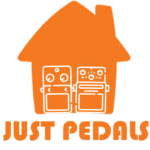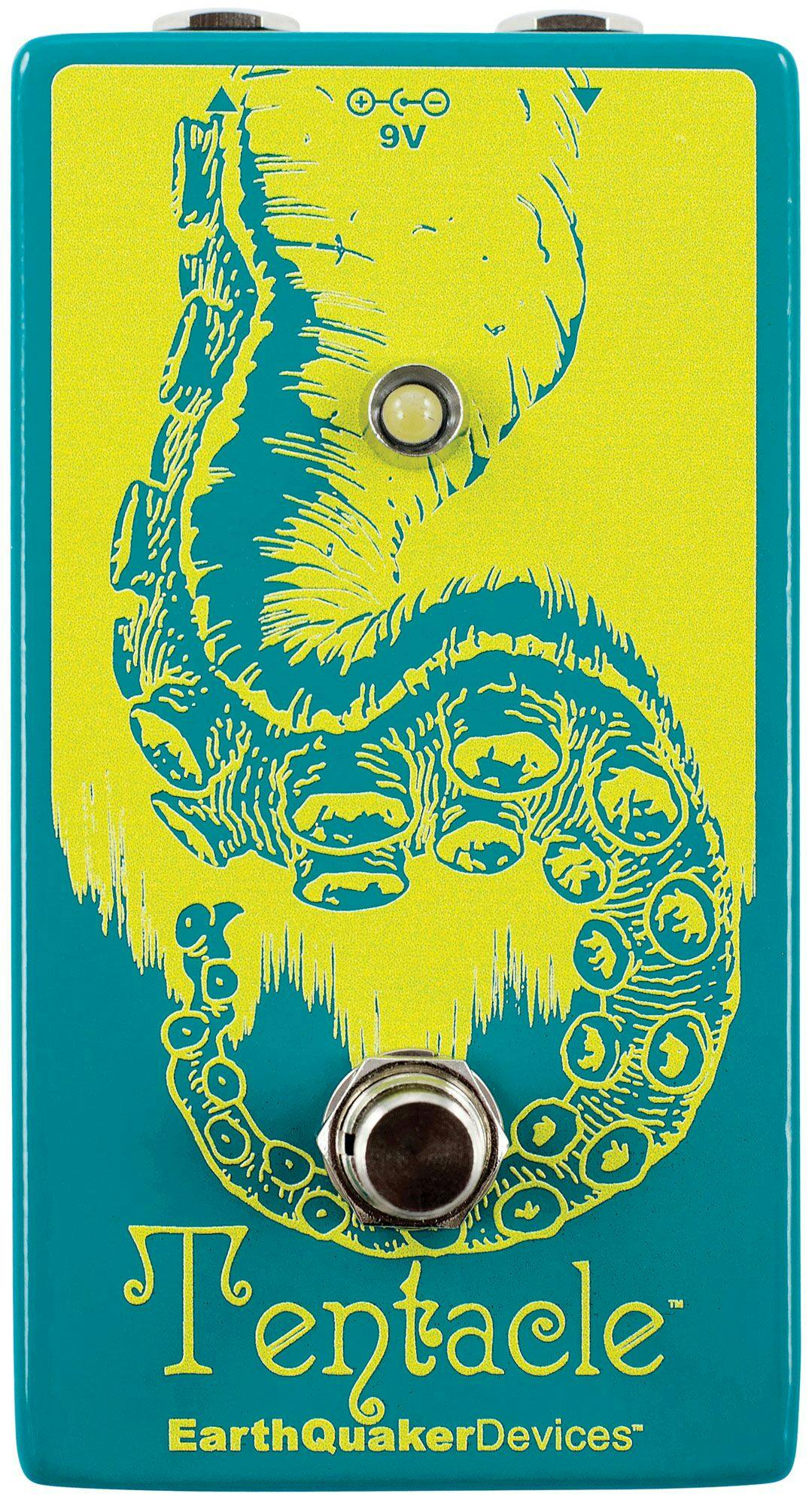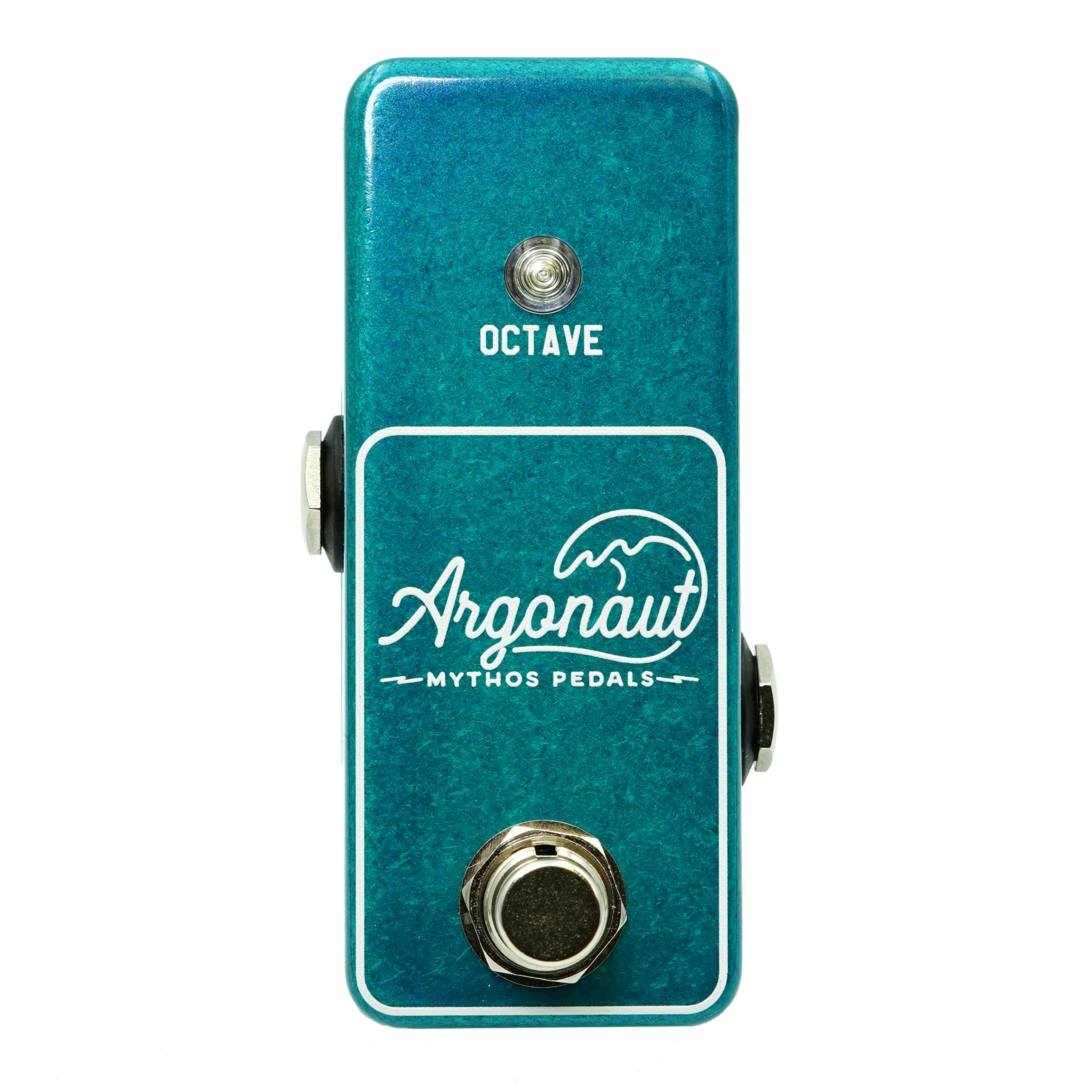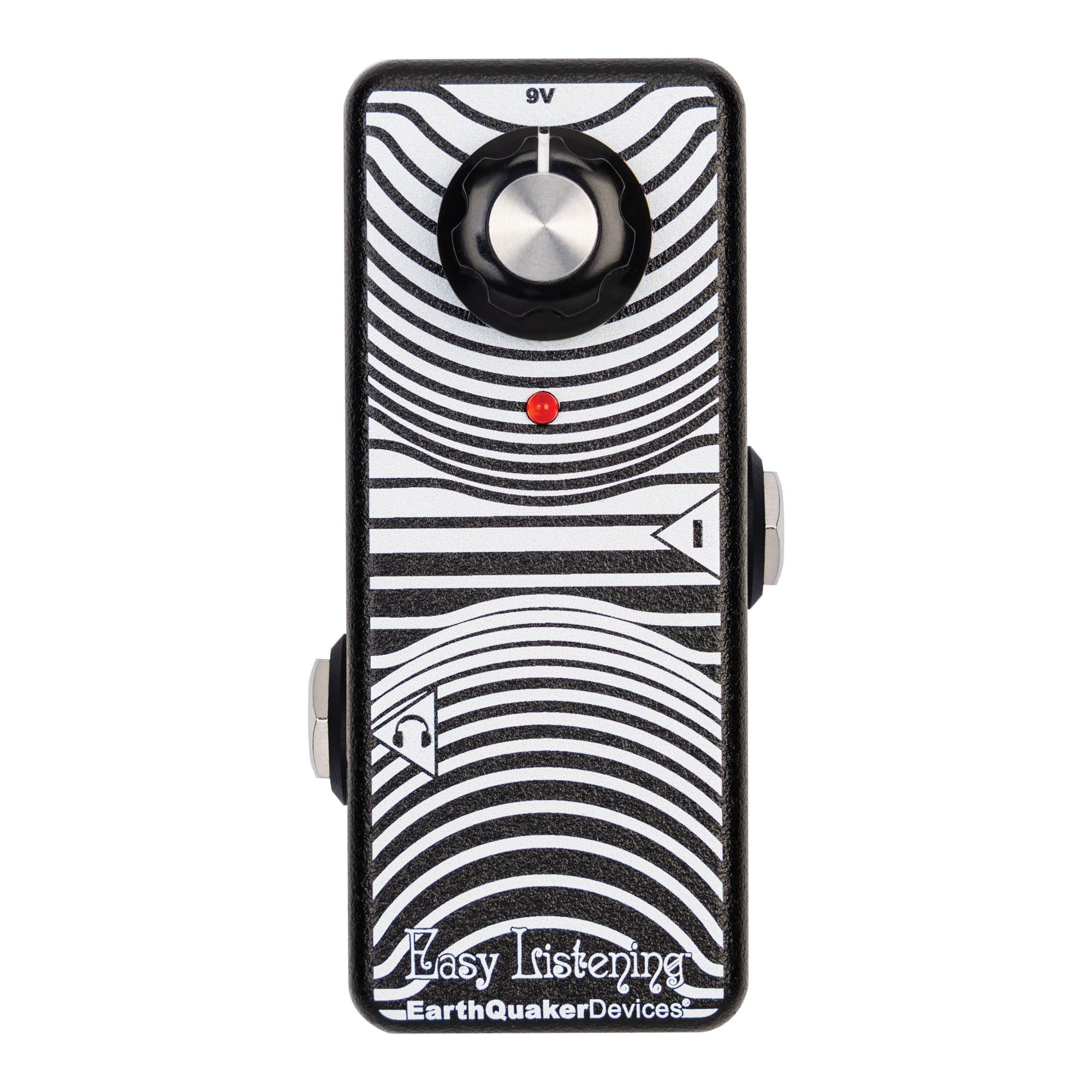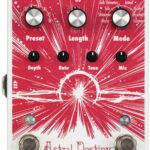Description
The EarthQuaker Devices Tentacle V2 Analog Octave Up Pedal is back in stock. Delivered fresh to the door in time for Christmas, made by EarthQuaker Devices little helpers, arriving with all the warranties and all toppings included. This is just a great pedal from a great brand, its available and in stock. Pedal Up Octave Analog V2 Tentacle Devices Guitar Effect Pedal.
The Tentacle V2 by EarthQuaker Devices is a simple, no knobs stomp-box for a classic octave up effect.
Found in the Hoof Reaper pedal, this effect has been so popular they’ve decided to put it in its own case.
Simple and pretty
With one click you can flick on a beautiful, swelling octave to make your riffs really stand out on stage or within a mix.
Holding down on the switch will give you momentary use of this dynamic pedal. Step off and the effect will be bypassed.
Easy to use
The new V2 Flexi Switching EarthQuaker Devices have conjured up allow for smooth changes, true bypass and an all analogue signal.
Top-mounted jacks across the range means you can fit this pedal into your board without the hassle of making room.
Here's what Earthquaker say about the Tentacle Octave Pedal
Analog Octave Up
The Tentacle V2 is a classic analog octave up effect. It is the very same octave from our beloved Hoof Reaper pedal. We got so many requests to make this a stand-alone unit that we just had to make it a reality and now you can now add an excellent, swelling octave up to anything your heart desires!
Now, with the new V2 Flexi-Switch you can momentarily trigger this amazing octave, enabling you to make certain melodies and riffs stand out as you suddenly drench them in the dynamic stinging and synth-like tones of the Tentacle. For standard latching operation, tap the footswitch once to activate the effect and then tap again to bypass. For momentary operation, hold the footswitch down for as long as you’d like to use the effect. Once you release the switch the effect will be bypassed.
- Analog Octave Up pedal
- Recreates the upper octave effect heard in vintage fuzz pedals
- Simple controls – the Tentacle is either on or off. No knobs!
- New V2 flexi-switch – allows for latch and momentary operation
- True bypass – silent soft-touch switching
- All-analog signal path
- New enclosure w. Top-mounted jacks – for effortless pedalboard implementation
. Available from Just Pedals for only £134.99 + delivery. Read More for details, demos & to order securely online.
